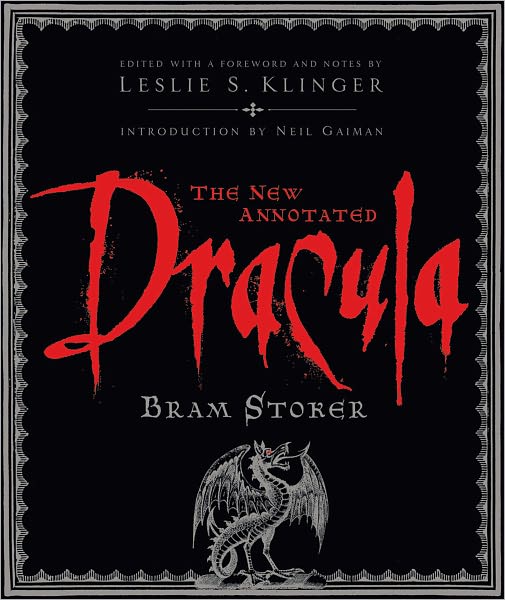Bram Stoker's Dracula
/It's October, and taking off from the end of September, we've shifting gears from Science Fiction to Horror Fiction on the Kirkus Reviews blog, where I get to tackle a novel that I've wanted to research in more depth for a while now: Dracula and its formation.
While I was in college, took a course in Gothic Literature, taught by Dr. F. Brett Cox, and had my eyes pried open to the fantastic gothic and horror world, something that I'd never been really interested in before that point. Dracula, Frankenstein and many others were books that we read, and for the first time, I read through Stoker's fantastic story, not realizing how much I didn't know about the story (and how much I did).
So, to hearken in the dreary fall season, go read Revisiting Bram Stoker's Horror Masterpiece, Dracula over on Kirkus Reviews!
Sources: As I've shifted from Science Fiction to Horror, most of my usual stand-by reference books don't apply, as they focus extensively on the history of Science Fiction, over that of Horror or Fantasy. Because of that, I had to do a bit more digging around for some background information, coming across some excellent books on the background of Dracula and Bram Stoker while doing so:
The Handbook for the Gothic, edited by Marie Mulvey-Roberts: This book provides a very brief thumbnail sketch of Stoker in the greater context of the Gothic literature movement, and provided a good starting point for a bunch of things.
Bram Stoker, Carol A. Senf: This scholarly biographical piece examines Stoker as a Gothic author, and examines more than just his Dracula books: there's some good background in his other, underappreciated novels, and at some point, I'd like to return and look at these in a bit more depth.
The New Annotated Dracula, by Bram Stoker / Leslie S. Klinger, ed.: For any Dracula / vampire / horror fan, this book is an essential purchase. It's a bit large and unwieldly, but Klinger has exhaustively researched the background of Stoker and his story, inserting annotations throughout the text and providing a bit of background on vampire fiction that predates Dracula. It's a stunning book, and I'm still reading it.
In Search of Dracula: The History of Dracula and Vampires, by Raymond T. McNally & Radu Florescu: This book takes on the search for Dracula as a historical character, looking at the background to Stoker's research and everything that essentially supports the inspiration for the character. In the middle of the book is a fantastic biographical sketch that sheds a considerable amount of light on Stoker's work and life.


